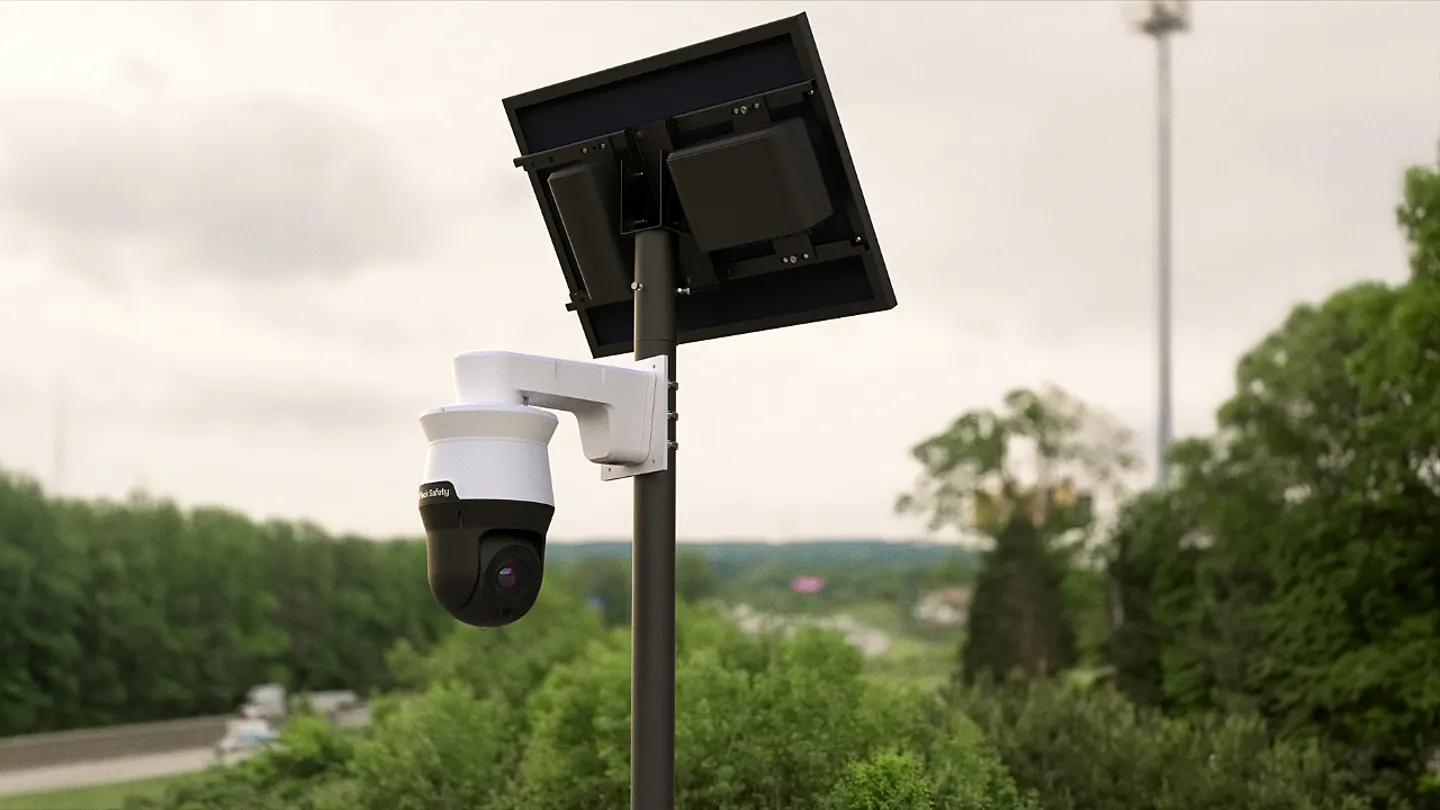The following op-ed was published over the weekend in The Salt Lake Tribune.
As perhaps one of the most disruptive issues of our time, the coronavirus has had an impact on numerous industries across the world. It has forced entrepreneurs to be creative in how they solve the unique problems we face. Small unmanned aerial vehicles is one such industry. Drones have been able to play a helpful role in containing COVID-19 thus far.
For example, drones have been used to deliver medical supplies. In Ireland, drones were used for the first time to deliver insulin to a patient on a remote island. The drone delivered insulin and brought back a blood sample for monitoring glucose. This is an effective way of transporting critical medical goods while simultaneously maintaining social distancing measures, thus curbing the spread of the virus. Due to concerns about potential contamination with COVID-19, drones have also been used to spray disinfectant on crops in an effort to maintain cleanliness. The drones are being used in trying to minimize the possible exposure to the end consumer as well as the producer while simultaneously not suppressing food production.
Minimizing human to human interaction is key to defeating this pandemic, and drones possess the ability to perform tasks that help achieve this goal. Drones have been utilized to provide contactless delivery options to people who purchase goods online that are stuck at home. In Christiansburg, Va., which is the first site of testing for home delivery via drones, the company providing the service saw an increase in utilization of their services. The company, appropriately named Wings, is also partnering with local businesses to provide them another avenue for delivering their products.
Unfortunately, Utah recently ranked 40th in its preparedness for the drone industry in a Mercatus Center report card. For a state that prides itself on being innovative and entrepreneur-friendly, this is a surprisingly low ranking. Legislative action can ensure that Utah is properly prepared now and in the future for the drone industry’s arrival.
Drone policy in the United States, and especially Utah, has been lacking for years. The fact that countries like Rwanda have a more robust drone pilot program than the United States suggests that there is a serious underlying issue at hand. Drones have the flexibility to be used in a variety of ways, but we have to put Utah in the best position to leverage the technology quickly so that it can flourish in these different roles—especially in times of crisis, where old regulations can inhibit dynamic responses by the market.
The solutions are simple and easy to implement, and they would catapult Utah from being a follower to a national leader in this space.
First, the Legislature should create navigation easements. Under such a system, a drone owner would be protected against being subjected to frivolous nuisance claims merely for flying their drone down a certain corridor.
Second, the state needs to recognize a person’s air rights associated with their property. This reduces any litigation risks, as the law would define the extent of a person’s rights above their land. This is an important step in making sure that drones are protected from litigation by land owners who are not negatively affected by drones passing overhead
Finally, the state should allow private businesses to lease low altitude air space above public roads and highways (not near schools or airports). This offers the state a program that can be financially self-sustaining, as drone operators could pay a modest user fee to travel through these air spaces, to offset whatever oversight costs might be incurred to maintain public safety.
These proposals would allow for a fair balance to be struck between empowering innovation and protecting consumers and property owners, as well as establishing liability obligations for an emerging industry. Utah should be forward thinking in embracing new regulatory models and industries, so that when the next disaster strikes, a more robust economy can more quickly adapt and solve problems.




